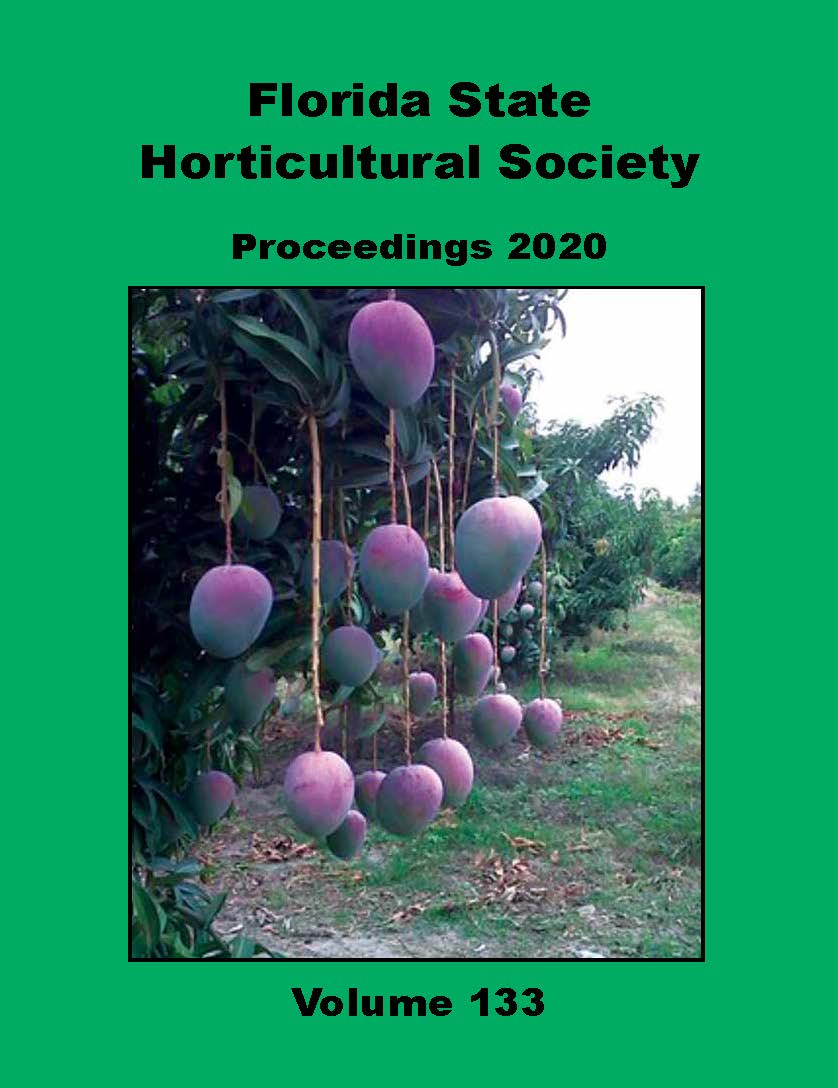Abstract
Porterweed (Stachytarpheta spp.), a member of the verbena family, is frequently used in pollinator gardens to attract butterflies. This study was conducted to assess the morphological features, pollen stainability and morphology, nuclear DNA content, and chromosome number of five porterweed selections. Coral porterweed (S. mutabilis), ‘Naples Lilac’ porterweed (S. cayennensis 3 S. mutabilis ‘Violacea’), and nettleleaf porterweed (S. cayennensis) had the largest plant heights. Flower number wassignificantly higher in nettleleaf porterweed, jamaican porterweed (S. jamaicensis), and U*J3-2 porterweed (S. cayennensis 3 S. jamaicensis), with an average of 65–72 flowers per inflorescence. Internode length and flower width of jamaican porterweed had much lower values than the other selections. Coral porterweed recorded the lowest pollen stainability with only 10.6% stainability, but it had the
largest relative pollen production. ‘Naples Lilac’ porterweed had the highest DNA content with an average of 3.79 pg/2C, like jamaican porterweed with 3.73 pg/2C. Ploidy levels varied between selections, and the basic chromosome number was x = 28. Coral, jamaican, and ‘Naples Lilac’ porterweed had 2n = 6x = 168 chromosomes, first reported in this genus. These results provide a guide and a new tool to distinguish native and non-native porterweed and may aid future breeding toward the production of noninvasive cultivars.

